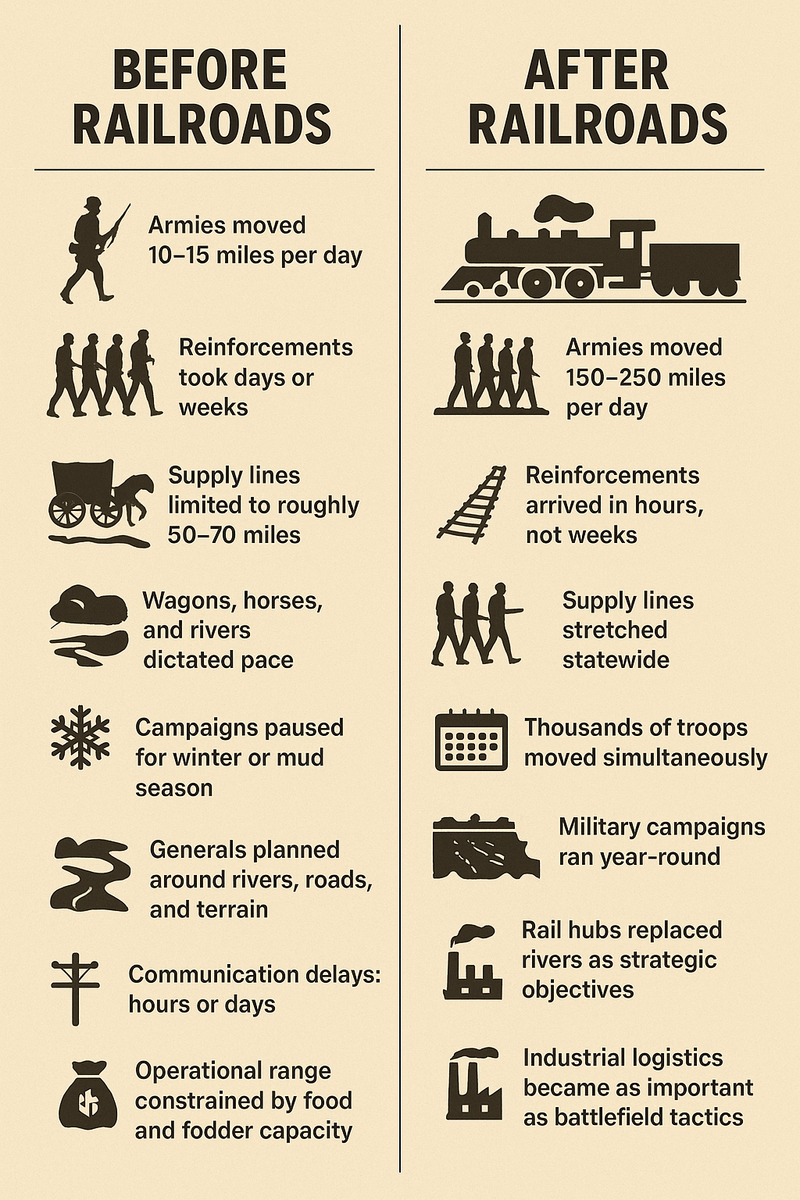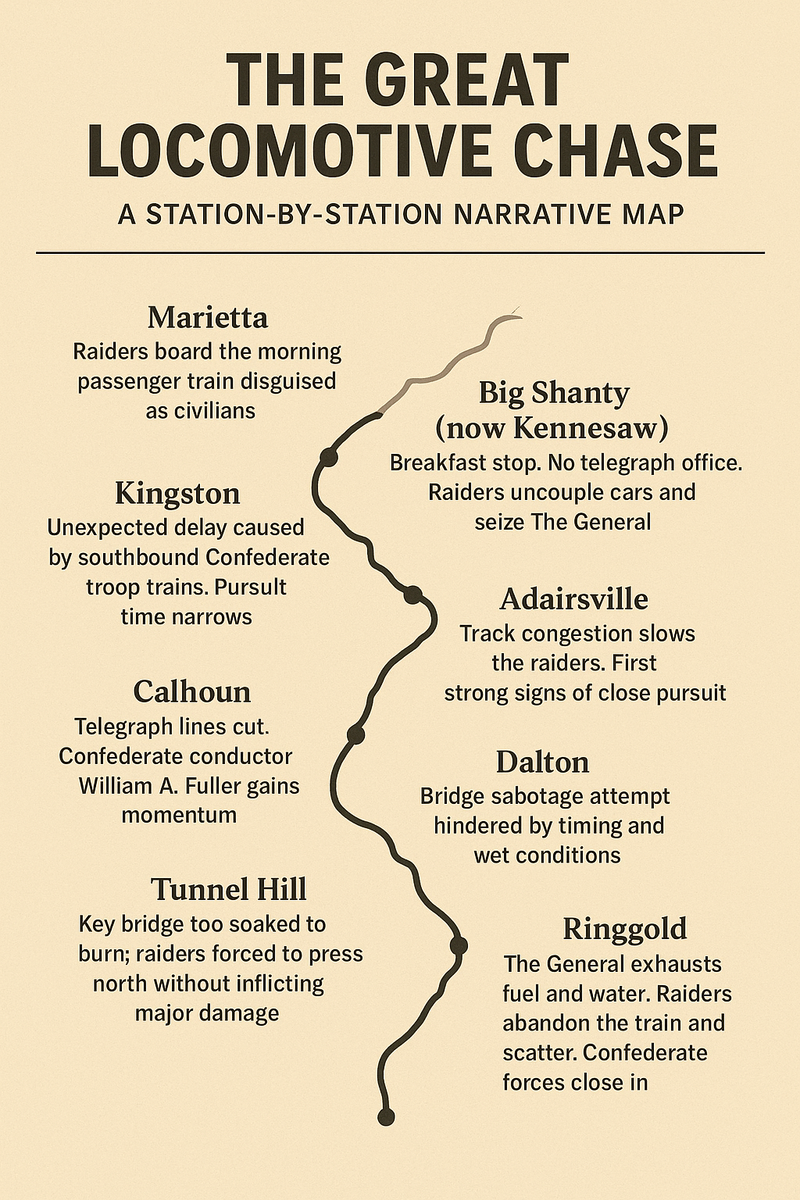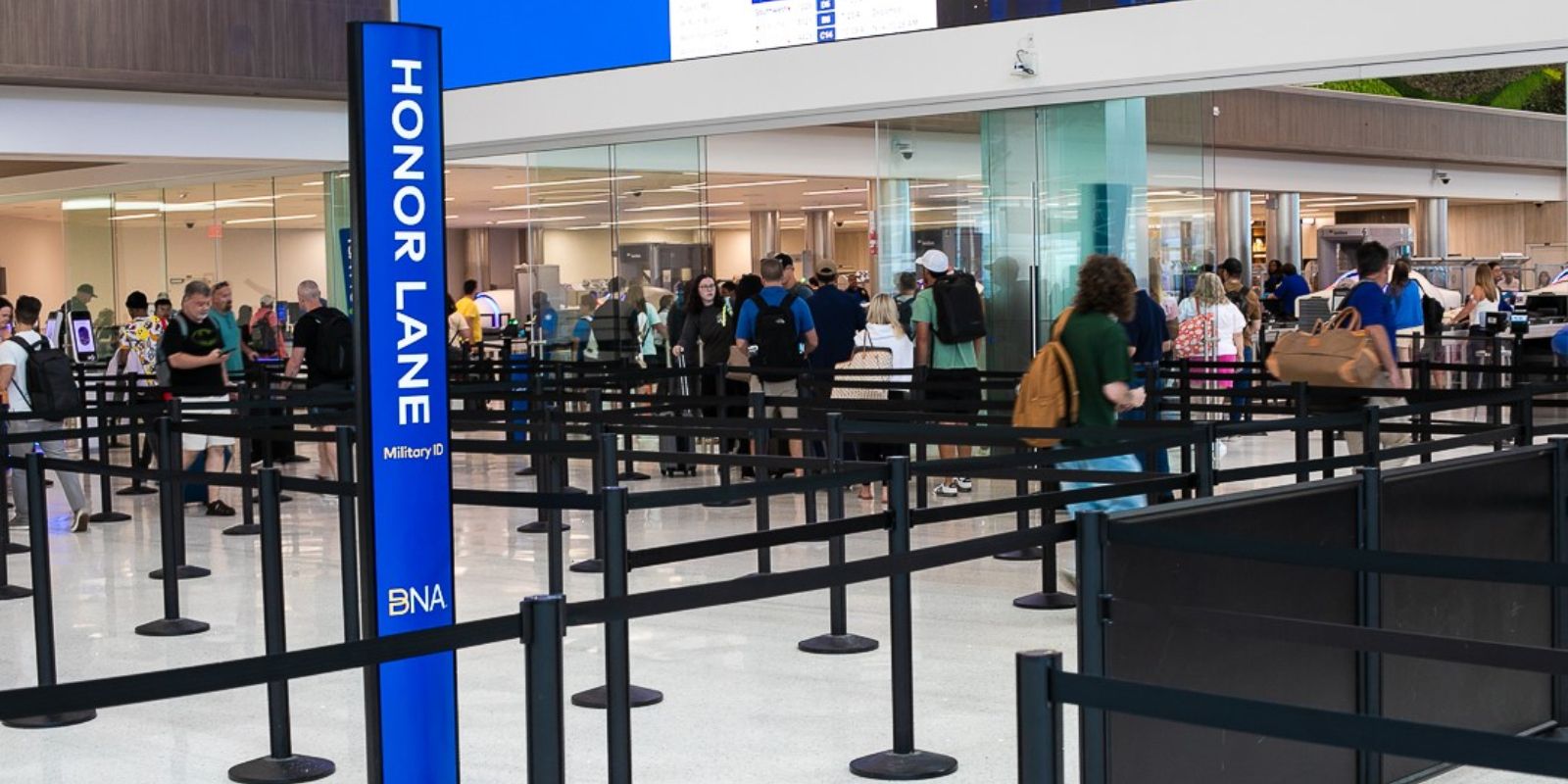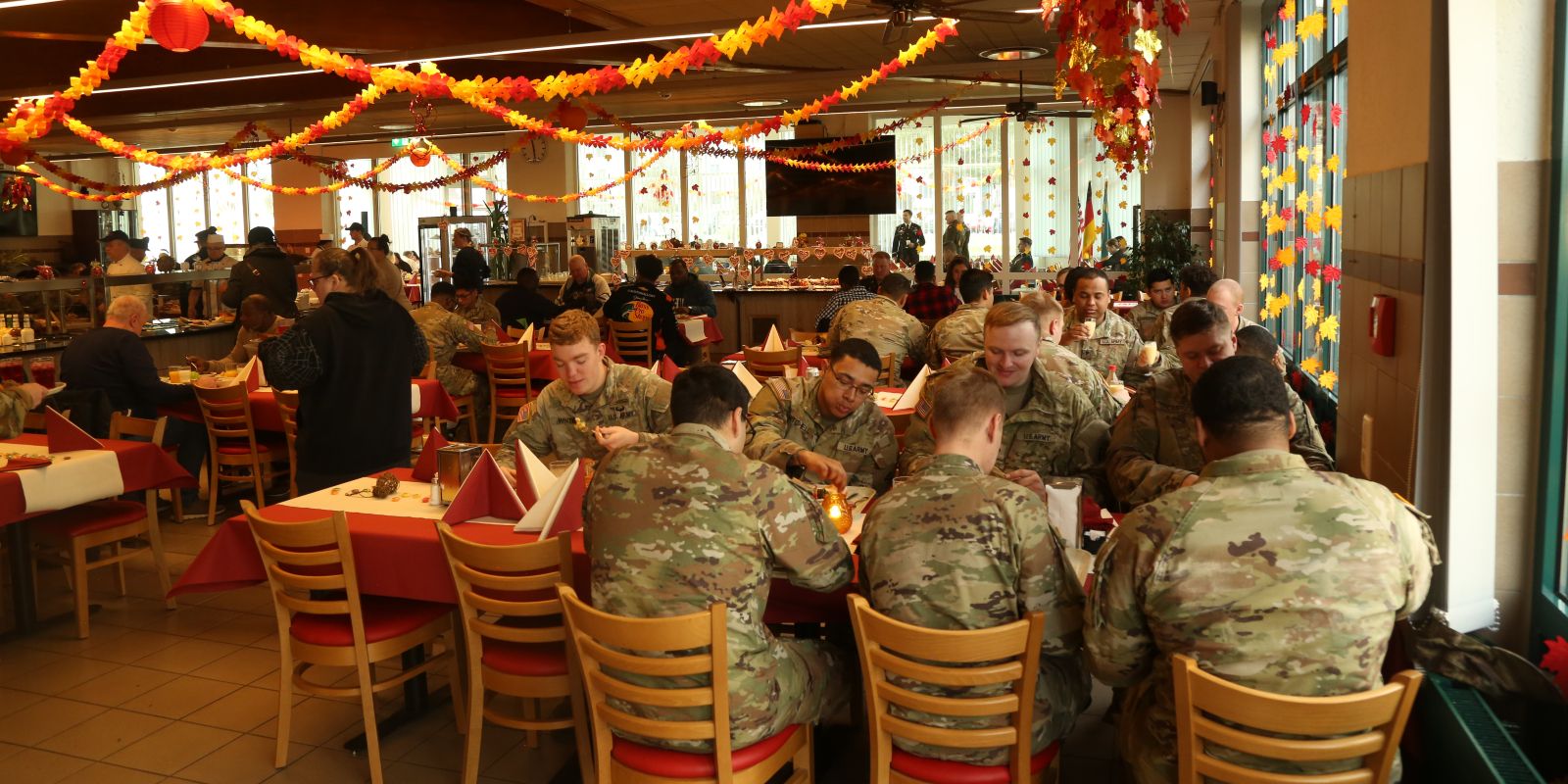FROM TRACKS TO TACTICS: HOW TRAINS OF THE CIVIL WAR IMPACTED MILITARY STRATEGY

ADVERTISEMENT
Before sunrise in Georgia, 19-year-old Union Private Jacob Wilson Parrott grabbed the throttle of a stolen Confederate locomotive. On the damp morning of April 12, 1862, blurred treetops were seen flashing past the window. Inside the cab, Parrott wiped coal dust from his eyes and readied himself.
The locomotive, The General, belonged to the Western & Atlantic Railroad, a crucial Confederate supply route to Chattanooga. Parrott, behind enemy lines, prepared to disrupt this lifeline.
He was not a spy or a combat engineer. He was barely old enough to vote. When he pulled the throttle, Union strategy advanced. In 1862, having control of a train meant having control of time. The Confederacy was running out of both.
From a Fractured Nation to a Modern Battlefield
When the Civil War started in 1861, the United States had the world’s largest railroad network. Railroads, once built for business, quickly became the backbone of a war fought over great distances. No wagon or horseback group could match the power of trains.
Trains enabled what no army had ever done:
- Velocity that collapsed geographic barriers.
- Mass troop movement that reshaped strategy.
- Supply chains that stretched deep into enemy territory.
- Telegraph-linked coordination across fronts.
Nobody Prepared You for Military Life
But we can help. Join over 100k spouses already getting the specific advice, resources, and military tea they need to thrive.
The Union’s 20,000-Mile Advantage
The map of the war tells the story before the battles even begin. The Union had almost 20,000 miles of track, built by Northern industry and designed to last.
The Confederacy had about 9,000 miles of scattered, poorly built track that often lacked iron and maintenance.
That disparity dictated the war’s rhythm:
- Whole divisions could shift overnight.
- Reinforcements could arrive in hours, not weeks.
- Supply depots stretched deep into contested territory.
- Rail hubs became strategic objectives as valuable as cities.
Before vs. After: The Civil War’s Transportation Revolution

To keep the war effort moving, the Union created the United States Military Railroad (USMRR), a group of engineers, builders, and logisticians who turned infrastructure into a weapon.
USMRR engineers:
- Rebuilt bridges in days
- Laid track at record speed
- Standardized rail gauges
- Created mobile repair teams
- Managed the largest centralized rail system in the world at that time
With every mile repaired, the Union tightened its grip. With every captured yard or junction, another Confederate lifeline snapped.
When Trains Became Targets
Once generals recognized that railroads determined momentum, the rails themselves became the battlefield. Train crews became combatants. Rail yards became strategic objectives. The Union and Confederacy burned bridges. They uprooted rails. They severed the telegraph wires that connected the armies.
By 1864, rail sabotage was a formal military strategy. During his Atlanta and Savannah campaigns, General William T. Sherman targeted rail lines with methodical precision. His engineers heated rails and twisted them into “Sherman’s neckties,” ensuring Confederate trains could not run again.
But even before Sherman’s campaign, long before the Confederacy had truly grasped the rail threat, a small team of volunteers carried out one of the boldest and most dangerous acts of industrial sabotage in American history.
And it all began with a stolen train.
ADVERTISEMENT
The Great Locomotive Chase
On April 12, 1862, civilian scout James J. Andrews led 22 volunteers, along with two civilians, into Georgia. Their objective: seize a locomotive, drive it toward Chattanooga, and destroy track, bridges, and telegraph lines along the way. It was daring. It was nearly impossible. And it exposed what the Civil War was becoming.
Among the volunteers was Private Jacob Wilson Parrott, age 19, Company K, 33rd Ohio Infantry Regiment.
The raiders boarded a passenger train in Marietta, Georgia. At Big Shanty (now Kennesaw), they uncoupled the cars, commandeered The General, and steamed away, launching one of the most famous chases in American military history.
The Raiders’ Route: A Narrative Map

The mission failed, but it revealed the war’s future: technology-driven, fast, and dependent on who controlled the rails.
“Control the rails, and you control the war. Parrott understood that, even at nineteen.”
Capture, Torture, and the Birth of the Medal
Confederate forces captured the raiders within two weeks. Several, including Andrews, were executed as spies. Private Parrott endured some of the harshest interrogations of the war: contemporary sources confirm he suffered more than 100 lashes. He refused to reveal Union plans.
After a prisoner exchange in March 1863, the War Department recognized the courage it took to volunteer for a mission behind enemy lines, survive torture, and uphold wartime duty. On March 25, 1863, Secretary of War Edwin M. Stanton awarded Private Jacob Wilson Parrott the first Medal of Honor in American history.
Parrott’s actions helped define the criteria for valor: voluntary risk, extraordinary bravery, unwavering loyalty, under fire, behind enemy lines, and under torture.
“He wasn’t just stealing a locomotive. He was trying to sever the spine of the Confederate war machine.”
ADVERTISEMENT
How Railroads Decided the War’s Ending
By 1865, the way wars were fought had changed. Railroads made Union victory possible and made defeat certain for the Confederacy. Loss of rail mobility and supply led to Confederate collapse, proving logistics is central to victory.
When General Robert E. Lee surrendered at Appomattox, it was not just the armies that fell. The transportation network beneath them also collapsed.
The Civil War’s rail legacy endures. Logistics and infrastructure are still central to how wars are fought and won today. Within that legacy is a teenager who stole a train in the rain and, for a short time, held the future of American warfare in his hands.
Private Jacob Wilson Parrott didn’t just ride a stolen locomotive into enemy territory. He rode into the story of America itself. And the rails he raced across still shape how this nation moves, fights, and wins today.
Suggested reads:

Veteran & Senior Contributor, Military News
BY NATALIE OLIVERIO
Navy Veteran
Natalie Oliverio is a Navy Veteran, journalist, and entrepreneur whose reporting brings clarity, compassion, and credibility to stories that matter most to military families. With more than 100 published articles, she has become a trusted voice on defense policy, family life, and issues shaping the ...
Credentials
- Navy Veteran
- 100+ published articles
- Veterati Mentor
- Travis Manion Foundation Mentor
- Journalist and entrepreneur
Expertise
ADVERTISEMENT
ADVERTISEMENT



